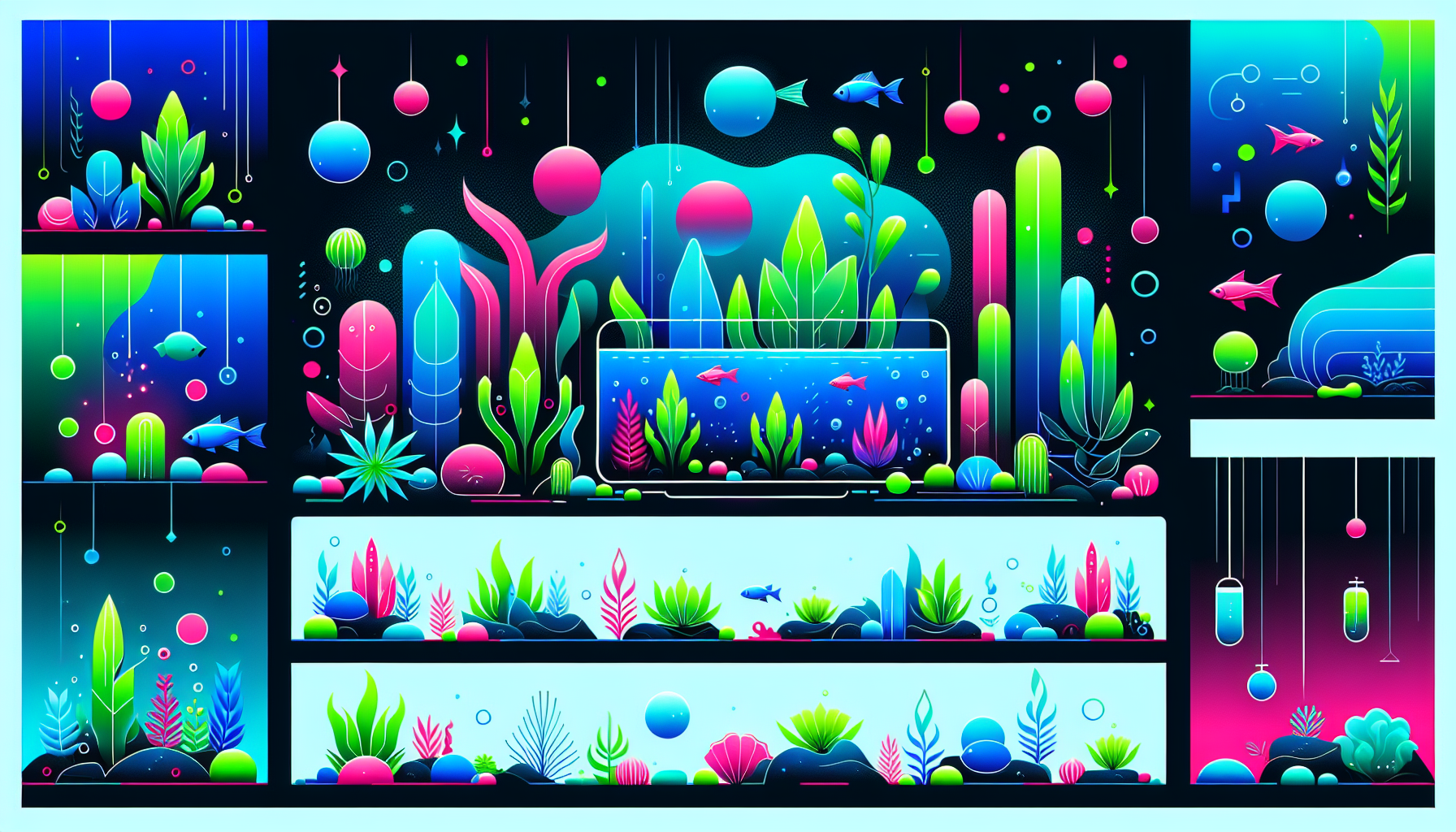Beginner’s Guide to Aquascaping: Step-by-Step Tips for Stunning Aquarium Design
Are you fascinated by lush underwater landscapes and want to bring a slice of nature into your home? Aquascaping is more than just arranging rocks and plants in a tank—it’s an art form that combines creativity, science, and patience. Whether you’re a complete novice or have some aquarium experience, this comprehensive guide will walk you through the essentials of aquascaping, from planning and setup to maintenance and troubleshooting. Let’s dive in!
What Is Aquascaping?
Aquascaping is the craft of designing and arranging aquatic plants, stones, driftwood, and substrates within an aquarium to create visually stunning underwater gardens. While some aquascapers pursue artistic layouts, others mimic natural habitats, providing both beauty and a healthy environment for fish and invertebrates.
Popular styles include:
- Nature Aquarium: Inspired by landscapes and natural scenes.
- Iwagumi: Focused on minimalist rock layouts.
- Jungle Style: Dense, wild plant growth for a lush appearance.
- Biotope: Replicates a specific natural habitat.
Curious to learn more about styles? Visit our Aquascaping Styles Explained guide.
Step 1: Planning Your Aquascape
Every great aquascape starts with a vision. Consider these questions before setting up your aquarium:
- What tank size and shape best fits your space and budget?
- Are you designing for fish, shrimp, or a planted-only setup?
- Which aquascaping style inspires you?
- What is your target maintenance level?
Sketch your ideas or use aquascaping planning tools to visualize your layout. Select appropriate lighting, filtration, and CO2 systems based on your plant choices.
Step 2: Choosing Aquascaping Materials
Choosing the right materials is critical to both aesthetics and the health of your aquarium inhabitants. Here’s what you’ll need:
1. Substrate
The substrate forms the foundation of your planted aquarium. Consider nutrient-rich soils for planted tanks, or use sand/gravel for simple layouts.
2. Hardscape (Rocks & Driftwood)
Hardscape materials set the structure and focal points. Select aquarium-safe rocks (Seiryu Stone, Dragon Stone) or driftwood (Redmoor Root, Malaysian driftwood) to build your layout. Arrange elements following the ‘golden ratio’ for natural balance.
3. Aquatic Plants
Beginner-friendly plants include Anubias, Java Fern, Cryptocoryne, and Vallisneria. Choose plants suited to your tank’s light, CO2, and nutrient levels.
Step 3: Setting Up Your Aquascape
- Install substrate: Slope it from back to front for depth.
- Arrange hardscape: Place rocks, wood, and create focal points.
- Fill partially with water: Dampen substrate to safely plant without clouding water.
- Plant greenery: Use tweezers for root plants; attach rhizome plants to hardscape.
- Fill the aquarium: Slowly add water to avoid disturbing layout.
See our complete guide to planting aquarium plants for detailed steps and tips!
Step 4: Lighting, CO2, and Filtration
Lighting
Proper lighting is essential for healthy plant growth and vibrant aquascapes. Match your light intensity (PAR value) to your plants’ needs. Most beginner setups thrive with 6–8 hours of light daily.
CO2 Injection
While not mandatory, CO2 supplementation can dramatically improve plant growth. Start with easy plants if you’re not ready for CO2 systems.
Filtration
Filter choice affects water clarity and quality. Canister and hang-on-back filters are popular for planted tanks. Aim for gentle flow to avoid uprooting plants.
Step 5: Water Parameters and Cycling
Before adding fish or shrimp, cycle your aquarium to establish beneficial bacteria. Monitor ammonia, nitrite, and nitrate levels. Maintain stable pH, hardness, and temperature suited to your intended fauna and flora.
Need help with water chemistry? Explore our guide to aquarium water parameters for in-depth tips.
Step 6: Stocking Your Aquascape
Once the tank is stable and healthy, start introducing fish and invertebrates in stages. Choose compatible species that won’t disturb your aquascape, such as:
- Small schooling fish (Neon Tetra, Harlequin Rasbora)
- Peaceful shrimp (Cherry Shrimp, Amano Shrimp)
- Quiet bottom dwellers (Otocinclus, Pygmy Corydoras)
Browse our best fish for aquascaping recommendations for more inspiration.
Step 7: Aquascape Maintenance Tips
- Perform weekly water changes (20–30%).
- Trim and replant overgrown stems.
- Remove algae using an aquarium-safe scraper.
- Monitor nutrient dosing to avoid plant deficiencies.
- Keep equipment and glass clean for optimal viewing.
Consistent care keeps your aquascape healthy and eye-catching!
Begin Your Aquascaping Journey Today
Aquascaping is a rewarding hobby that lets you design and nurture a unique underwater world. With the right planning, materials, and ongoing care, you can create a thriving, beautiful aquarium that’s the envy of enthusiasts everywhere.
Ready to level up your aquascaping skills? Explore our step-by-step online courses or visit the Aquascaping Academy blog for even more inspiration, tips, and troubleshooting guides!
Have questions or want to share your aquascape? Leave a comment below – we’d love to hear from you!



